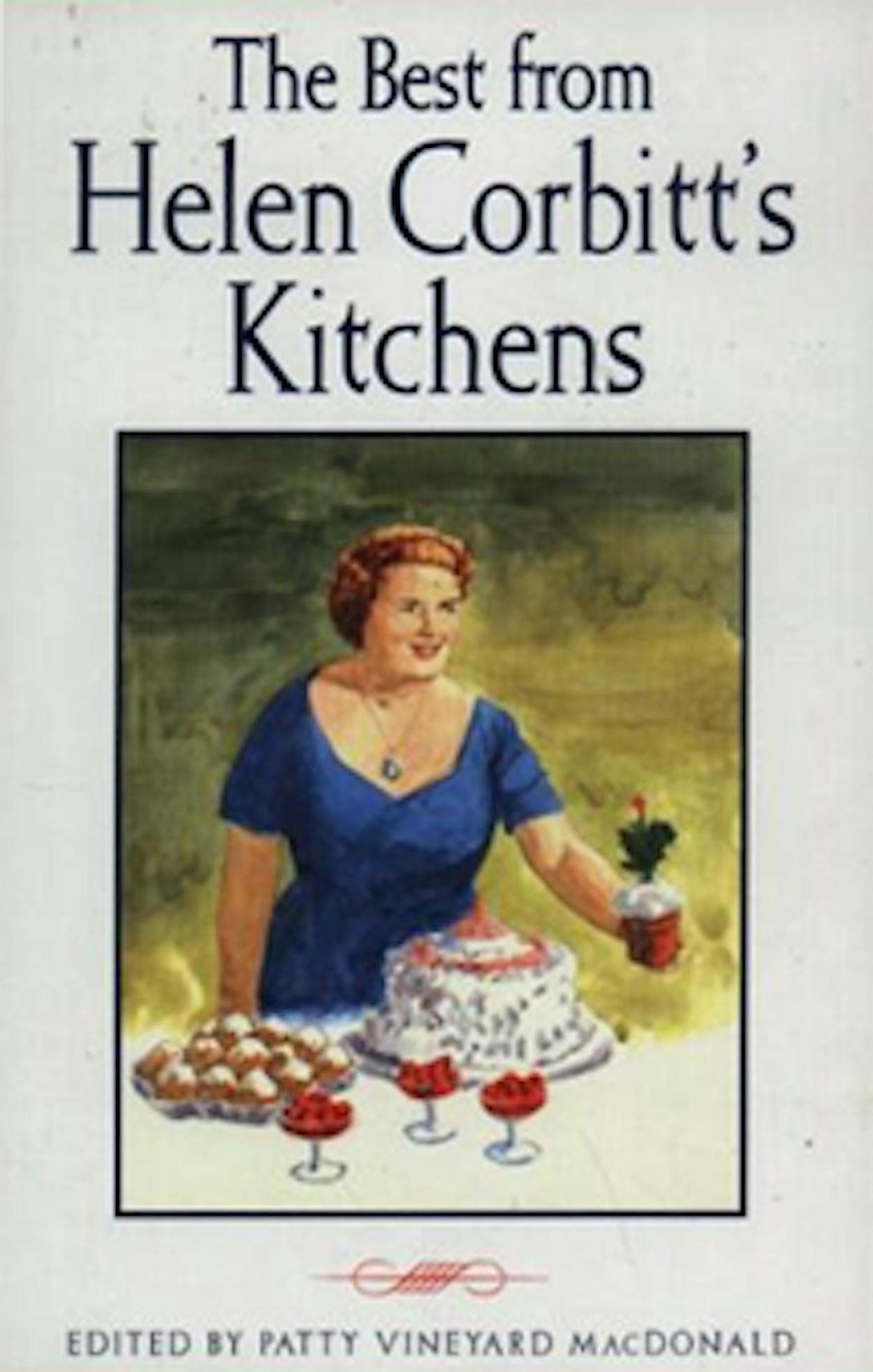Helen Corbitt is a name synonymous with style—and cuisine. Her first cookbook, Helen Corbitt’s Cookbook, made its debut in 1957, selling more than 350,000 copies, and she went on to write four more over a period of twenty years: Helen Corbitt’s Potluck, Helen Corbitt Cooks for Company, Helen Corbitt Cooks for Looks, and Helen Corbitt’s Greenhouse Cookbook. In addition to taking Neiman Marcus’ Zodiac Room to a level of unsurpassed flair and culinary genius, she transformed the way Texans approach food.
The New York native started her career as a therapeutic dietitian at Presbyterian Hospital in Newark, New Jersey, before taking a job at Cornell Medical Center in New York City; she was lured to Texas in 1940, when she took a job managing the tearoom at the University of Texas at Austin. After stints at the Houston Country Club, the tearoom at Joske’s department store in Houston, and as the owner of her own catering business, Corbitt returned to Austin to take over at the Driskill Hotel. It was there that she impressed the likes of Lyndon B. Johnson and other politicians, and it was there that her staff members became known for their service and acumen. She garnered quite a reputation and subsequently attracted the attention of Stanley Marcus, who tried for eight years to persuade Corbitt to leave her post at the Driskill to come work for him at his flagship Neiman Marcus store in downtown Dallas. She finally did and put her knowledge of food to work. The Zodiac Room became the place to lunch. She developed quite a following and even began teaching a men-only cooking class, which had a waiting list. She relinquished her day-to-day duties at Neiman’s in 1969 to write, to teach cooking classes for non-profit groups, and to consult full-time. Helen Corbitt died in 1978.
Corbitt’s zest for perfection and outstanding quality can be seen throughout the pages of The Best From Helen Corbitt’s Kitchens (University of North Texas Press), a new cookbook compiled from previously published and unpublished recipes and from Corbitt’s personal papers taken from the University of Dallas. The editor, Patty Vineyard MacDonald, also has updated some of the material so that it is more useful to the cook using modern kitchen equipment. The book is divided into chapters that take you through the course of a meal, from appetizers such as grapefruit and shrimp cocktail to desserts like sabayon. And surprisingly enough, this cookbook makes for delightful reading. Corbitt’s notes are intertwined throughout the book and provide genuine insight into the mind of a spirited woman who changed the meaning of entertaining and fine dining in Texas. Here’s a sampling of some of her comments that precede corresponding recipes:
Stuffed pork chops are always company fare. You should engage your butcher in flattering conversation and have him cut the pockets for the stuffing.
My mother always dipped her teaspoon in almond extract before measuring vanilla or lemon extract. I still do. If you like it, try it with other things, too.
Barbecue Sauce should be among a housewife’s prized possessions, especially if she is south of the Mason-Dixon Line. This one I like to keep on hand and use, especially for barbecuing chicken and pork ribs.
I never saw a place where everyone likes hot hors d’oeuvres as well as they do in Texas. They should be hot, and I mean hot! And you should not try to serve them unless you can arrange for them to be passed many times, either by yourself or your jewel from your kitchen, or else kept hot in a chafing dish.
Eggnog is as personal as you make it. This one is mine. I remember the first time I made it, for the Houston Country Club Woman’s Golf Association Christmas party. They were sure a Yankee couldn’t, but afterwards this recipe was always used.







